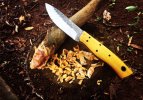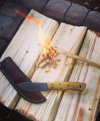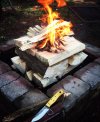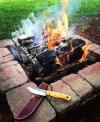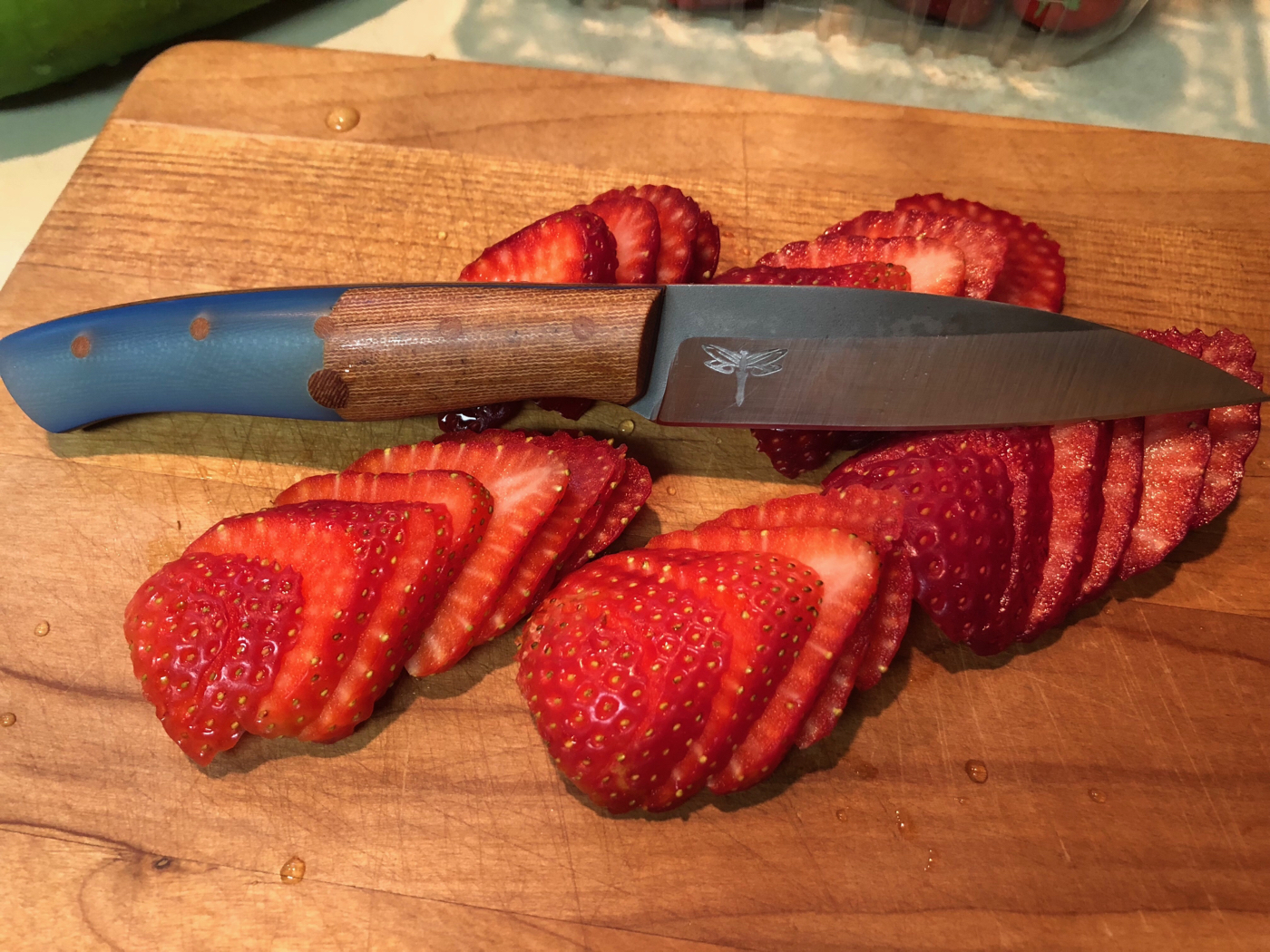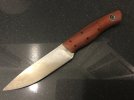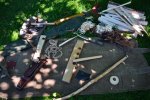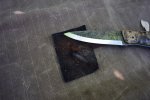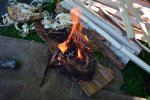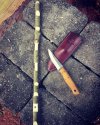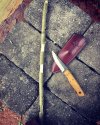You are using an out of date browser. It may not display this or other websites correctly.
You should upgrade or use an alternative browser.
You should upgrade or use an alternative browser.
Fiddleback User Pics
- Thread starter Fiddleback
- Start date
- Joined
- Mar 13, 2006
- Messages
- 13,878
hey yo Bear...good to see you back aroundRecluse family trio have had some belt time this week.


ive been following the advice in your signature for too long,,,i gotta send you something

- Joined
- Jun 17, 2013
- Messages
- 1,024
Hey Phillip, been having issues with my membership - gold renewal paid in Feb still not registering so can't PM and have been a bit peeved at the whole situation. Hoping to post more frequently, still been following the subform.hey yo Bear...good to see you back around
ive been following the advice in your signature for too long,,,i gotta send you something
P.S. Did you get my email regarding east Indian Rosewood?
- Joined
- Mar 13, 2006
- Messages
- 13,878
take your issue hereHey Phillip, been having issues with my membership - gold renewal paid in Feb still not registering so can't PM and have been a bit peeved at the whole situation. Hoping to post more frequently, still been following the subform.
P.S. Did you get my email regarding east Indian Rosewood?
https://www.bladeforums.com/forums/tech-support-general-q-a-site-feedback-more.679/
it will probably take little bit but keep tagging Spark in your posts..he will get to it
***edit i see you did
I tagged Spark in the thread
i did not
phillip@fiddlebackforge.com
- Joined
- May 6, 2010
- Messages
- 1,406
Yellow jackets typically become a real problem around here in the fall, but I've noticed quite a few buzzing around lately. Over the past couple of years, I've been stung fifteen times on four separate occasions. It's not an enjoyable experience to disturb an underground nest you didn't even know about causing a swarm to attack all at once. I now take measures to limit their population, and one way is the use of traps made specifically for yellow jackets. With their increased recent activity, I thought I should go ahead and put those out before things get out of hand this year.
I surveyed the bushcraft-style stands I use to hang the traps and found one had been damaged by a fallen tree limb. So, to help with repairs, I brought my @Cohutta Tellico. Here's a glamour shot before we got to work...

These stands consist of two sticks that form a cross, and the horizontal stick from the existing stand is what got damaged. After finding a suitable replacement, I began by cutting a log cabin notch where the sticks should mate.
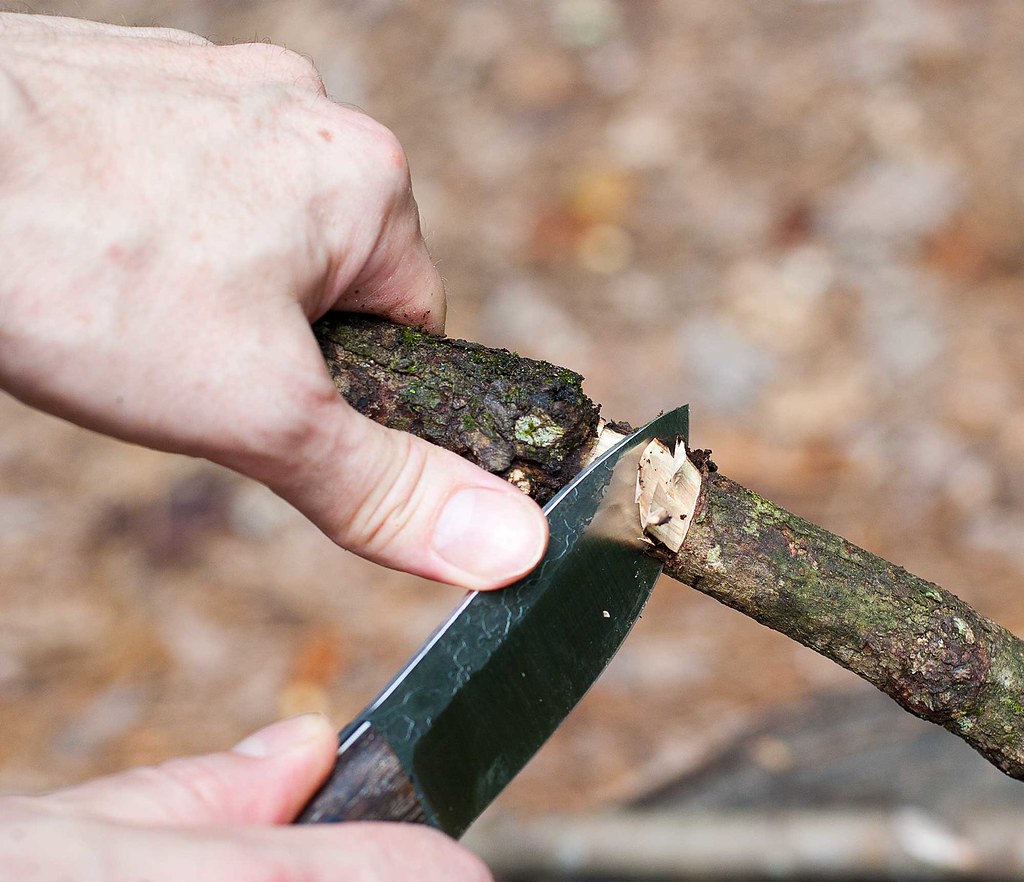
I then cut a couple stake notches toward each end (not shown in this picture) and sharpened the end of the old stick to make it easier to drive into the ground.
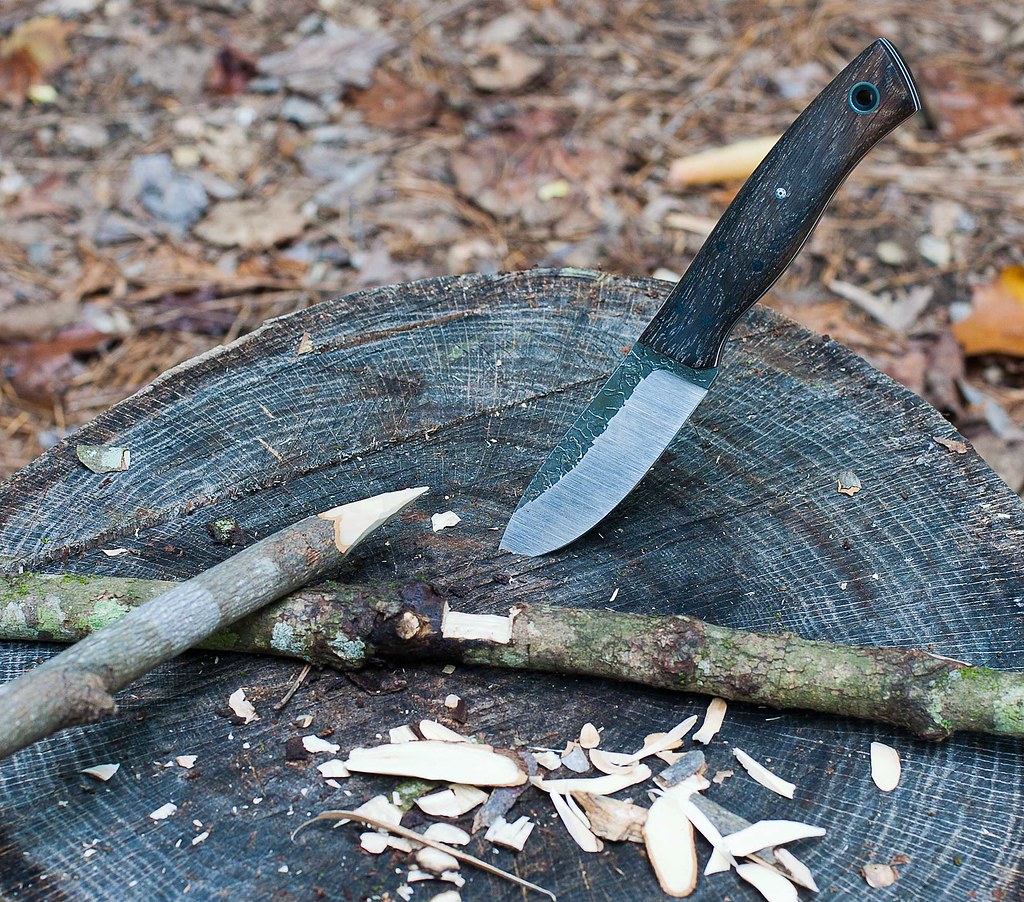
Then I assembled the stand using paracord to secure the two sticks together as well as create tension that helps hold everything solid once the trap is hung. That's it; simple and functional.

I surveyed the bushcraft-style stands I use to hang the traps and found one had been damaged by a fallen tree limb. So, to help with repairs, I brought my @Cohutta Tellico. Here's a glamour shot before we got to work...

These stands consist of two sticks that form a cross, and the horizontal stick from the existing stand is what got damaged. After finding a suitable replacement, I began by cutting a log cabin notch where the sticks should mate.

I then cut a couple stake notches toward each end (not shown in this picture) and sharpened the end of the old stick to make it easier to drive into the ground.

Then I assembled the stand using paracord to secure the two sticks together as well as create tension that helps hold everything solid once the trap is hung. That's it; simple and functional.

Man that is one sweet Tellico!!Yellow jackets typically become a real problem around here in the fall, but I've noticed quite a few buzzing around lately. Over the past couple of years, I've been stung fifteen times on four separate occasions. It's not an enjoyable experience to disturb an underground nest you didn't even know about causing a swarm to attack all at once. I now take measures to limit their population, and one way is the use of traps made specifically for yellow jackets. With their increased recent activity, I thought I should go ahead and put those out before things get out of hand this year.
I surveyed the bushcraft-style stands I use to hang the traps and found one had been damaged by a fallen tree limb. So, to help with repairs, I brought my @Cohutta Tellico. Here's a glamour shot before we got to work...

These stands consist of two sticks that form a cross, and the horizontal stick from the existing stand is what got damaged. After finding a suitable replacement, I began by cutting a log cabin notch where the sticks should mate.

I then cut a couple stake notches toward each end (not shown in this picture) and sharpened the end of the old stick to make it easier to drive into the ground.

Then I assembled the stand using paracord to secure the two sticks together as well as create tension that helps hold everything solid once the trap is hung. That's it; simple and functional.

- Joined
- Jun 19, 2015
- Messages
- 3,233
Putting those try stick notches to use.Yellow jackets typically become a real problem around here in the fall, but I've noticed quite a few buzzing around lately. Over the past couple of years, I've been stung fifteen times on four separate occasions. It's not an enjoyable experience to disturb an underground nest you didn't even know about causing a swarm to attack all at once. I now take measures to limit their population, and one way is the use of traps made specifically for yellow jackets. With their increased recent activity, I thought I should go ahead and put those out before things get out of hand this year.
I surveyed the bushcraft-style stands I use to hang the traps and found one had been damaged by a fallen tree limb. So, to help with repairs, I brought my @Cohutta Tellico. Here's a glamour shot before we got to work...

These stands consist of two sticks that form a cross, and the horizontal stick from the existing stand is what got damaged. After finding a suitable replacement, I began by cutting a log cabin notch where the sticks should mate.

I then cut a couple stake notches toward each end (not shown in this picture) and sharpened the end of the old stick to make it easier to drive into the ground.

Then I assembled the stand using paracord to secure the two sticks together as well as create tension that helps hold everything solid once the trap is hung. That's it; simple and functional.


You know how I feel about that Tellico.
Yep, you’ve got first dibs.You know how I feel about that Tellico.
- Joined
- Mar 20, 2018
- Messages
- 12

I used my Hunter yesterday to see how it would handle food prep for my Beef Stew. It made short work of the meat but at 3/16" thick it struggled a little with the potato and really struggled with the carrots.
- Joined
- Aug 21, 2008
- Messages
- 306
MattRatt:
Still looks like you’re in charge, though...
Still looks like you’re in charge, though...
Bmurray
Gold Member
- Joined
- Feb 9, 2012
- Messages
- 7,600


